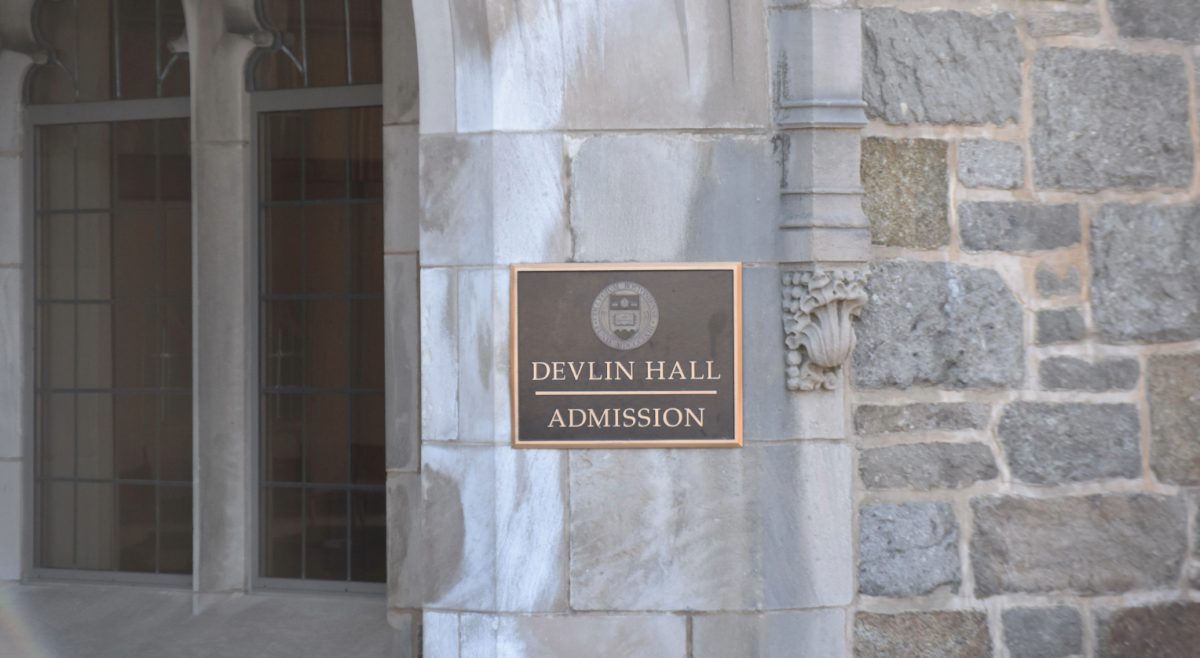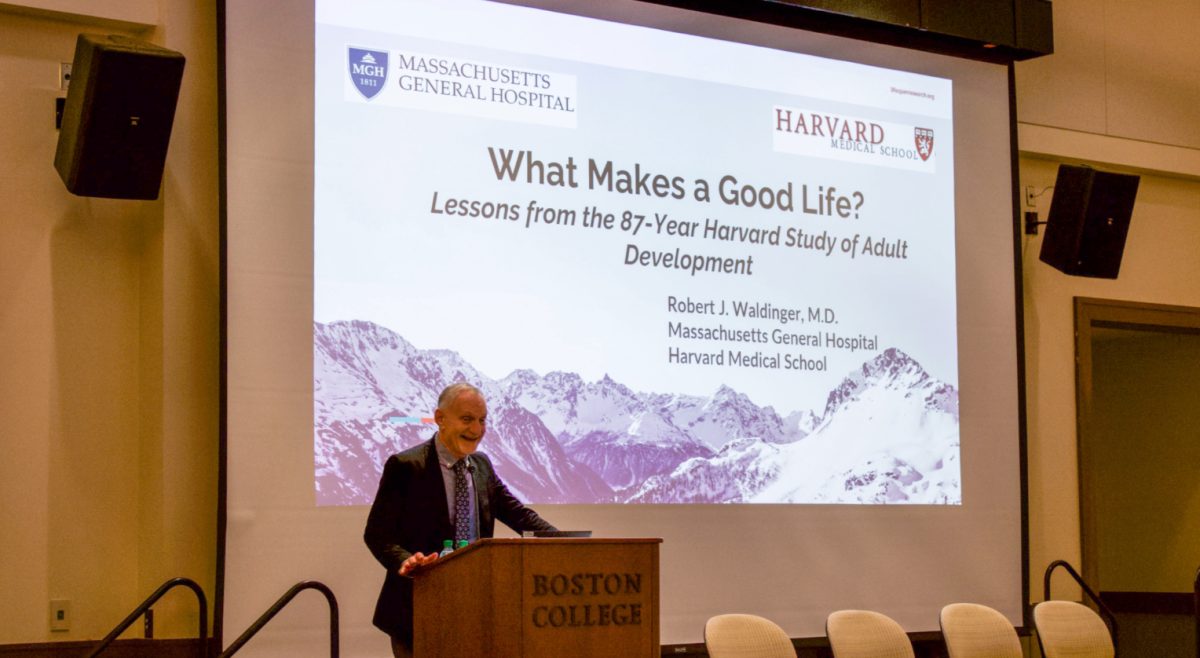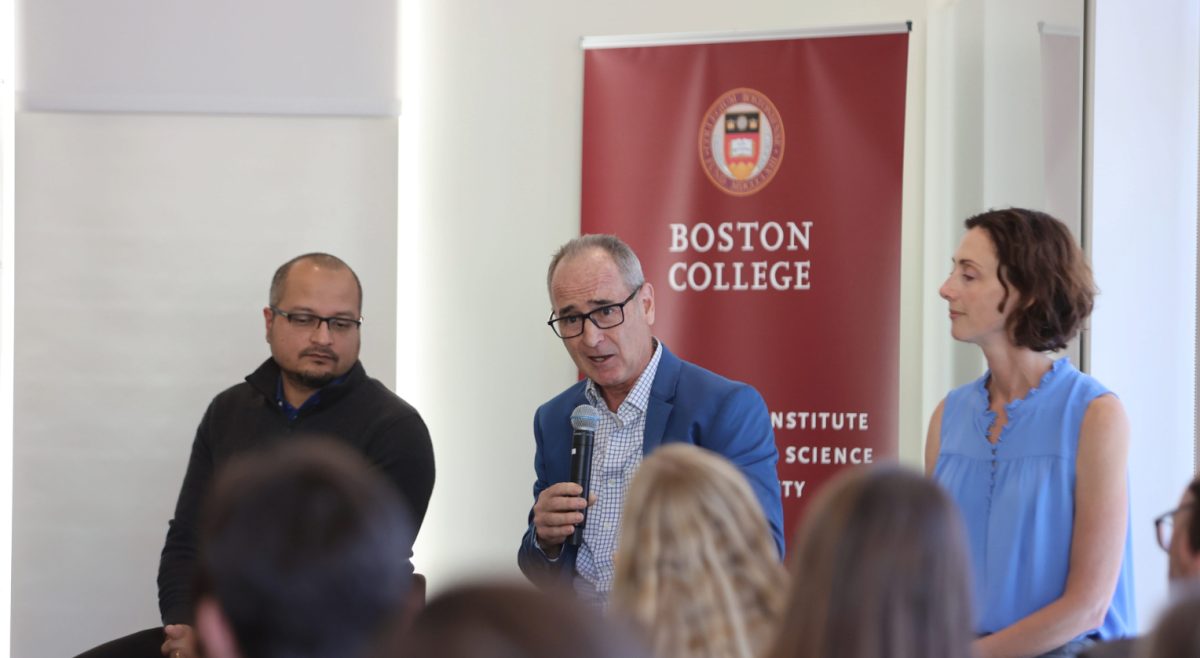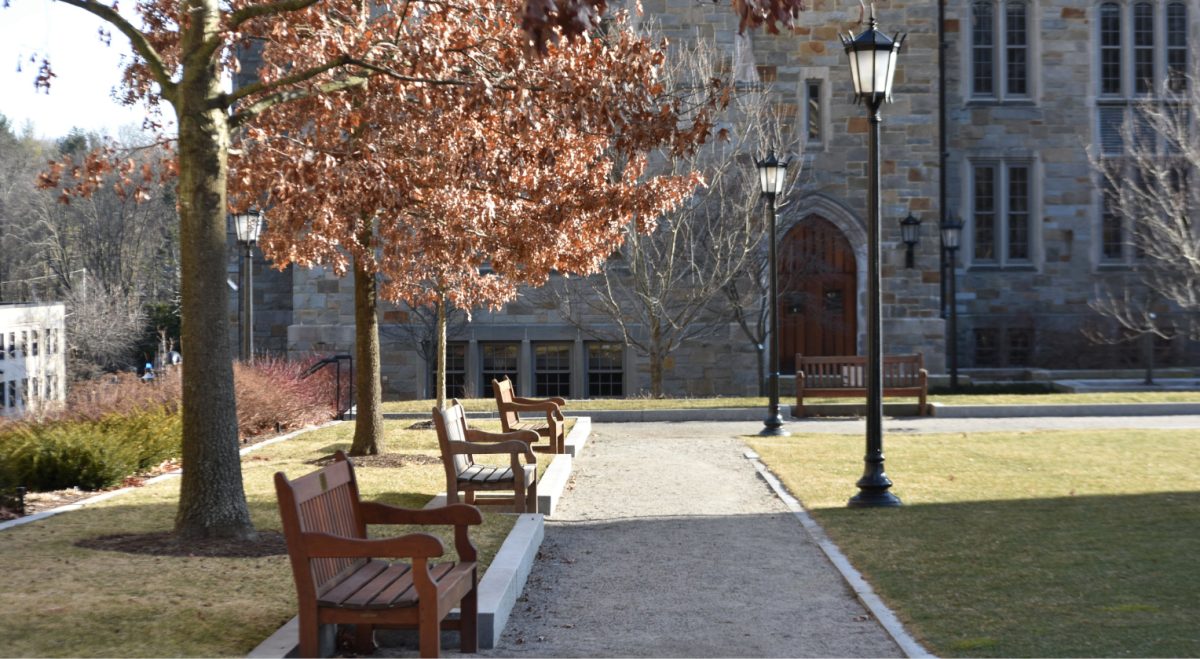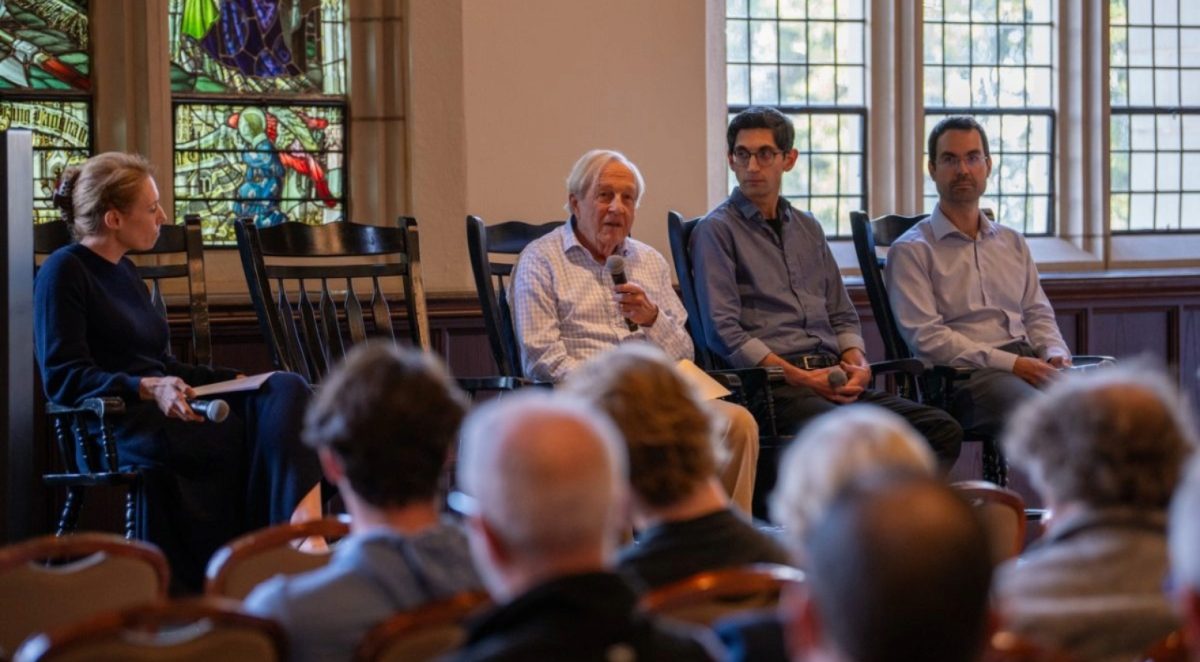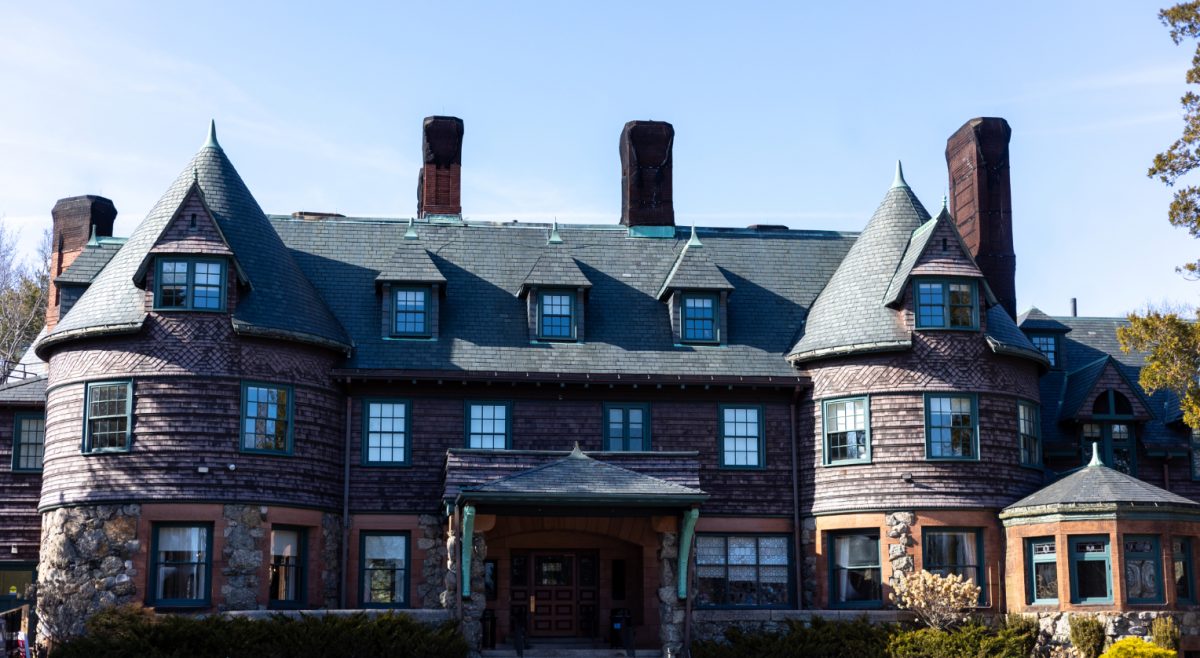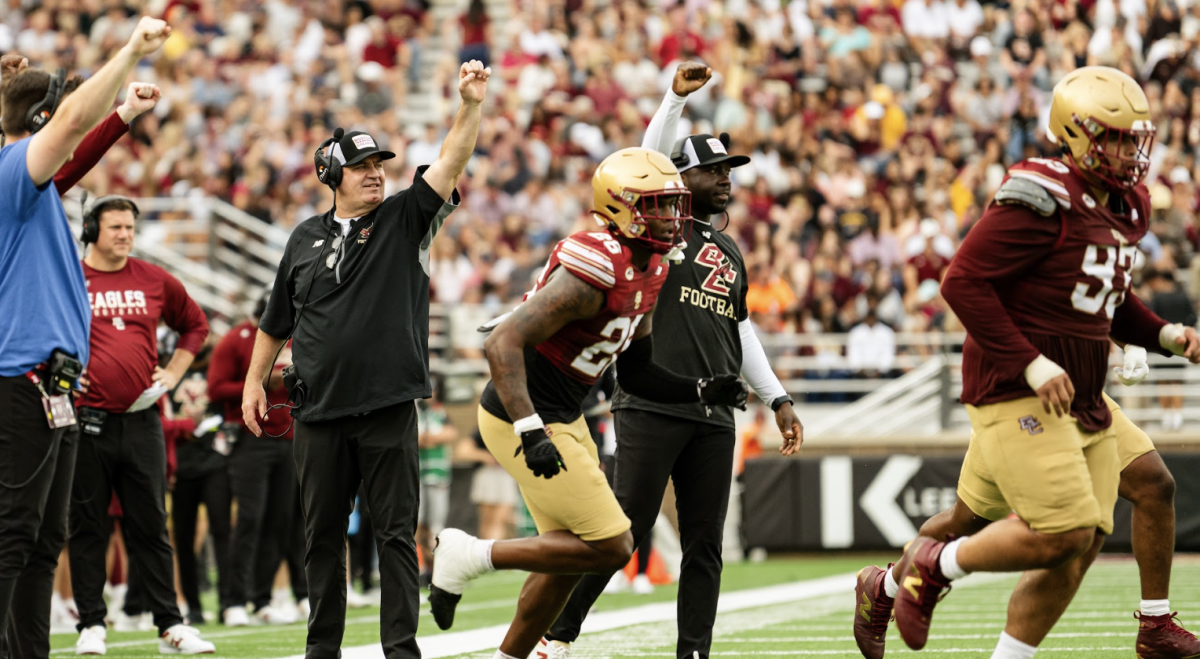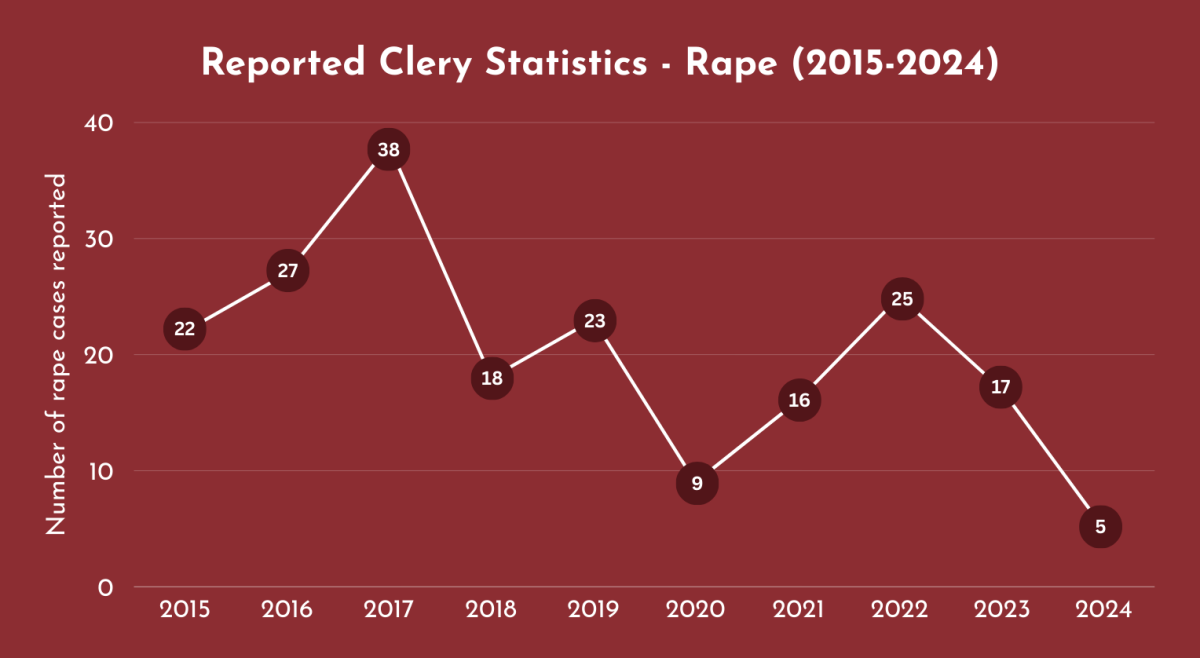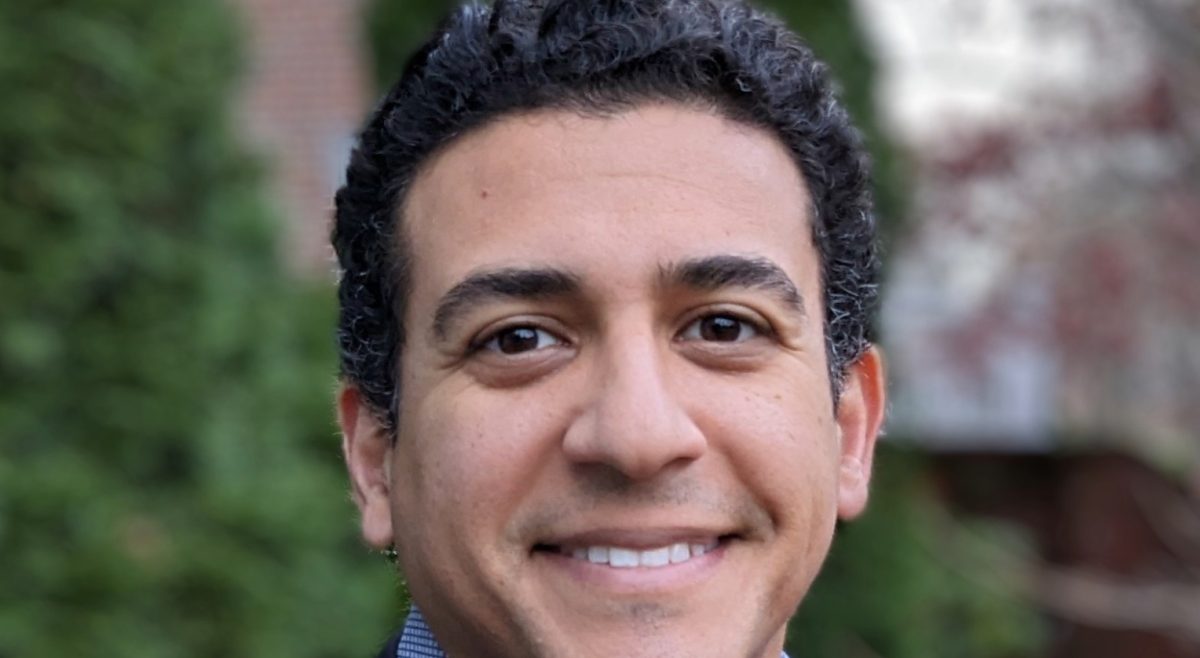Between 1987 and 2011, the number of full-time administrators at Boston College increased by 187.5 percent, according to the New England Center for Investigative Reporting (NECIR). Meanwhile, enrollment only increased by 22.6 percent.
“Staff at Boston College and at every other college or university has increased during the past 25 years, there’s no question about that,” David Trainor, vice president of Human Resources, said. “Has it increased at a pretty significant level? Yes, it has. But, it’s been justified.”
This trend is not unique to BC—it’s a national phenomenon. According to The Chronicle of Higher Education, from 2000 to 2012, new administrative positions drove a 28-percent expansion of the higher education workforce. The information in the NECIR study was collected from the National Center for Education Statistics, an arm of the U.S. Department of Education, while the statistics were provided directly by institutions, the NECIR’s Jon Marcus said.
Northeastern University saw an increase in its student body by 14.3 percent, while its full-time administrative staff decreased by 75.7 percent. Harvard’s enrollment increased by 38.8 percent and its full-time administrative staff increased by 74.9 percent. Simultaneously, Boston University had an enrollment change of 42.8 percent and an increase in full-time administrators by 156.9 percent.
“Since I’ve been here, I’ve made a pledge in my division not to increase staff. I’m going to re-deploy our existing resources in order to best serve the University community. I’m not going to ask for new positions.”
-David Trainor, vice president of Human Resources
The disparity between the increase in enrollment with the increase in administrative staff at BC is a result of multiple expansions. Trainor explained that some of the greatest contributors to the increase in administrators are technological advancements, which require a greater number of services and administrators, and the addition of 65 acres for the Brighton Campus. Likewise, the compliance expectations of the Federal and State Governments have also increased significantly since 1987.
Trainor noted that BC has expanded development in order to raise money for BC. As a result, he said, endowment has grown from around $100 million 25 years ago to approximately $2.5 billion today, but it has taken an increase in Advancement staff in order to do that. He said all of these necessary measures in the past have brought BC to its current state. Trainor, however, noted a change in plans in his department’s staffing for the future.
“Since I’ve been here, I’ve made a pledge in my division not to increase staff,” Trainor said. “I’m going to re-deploy our existing resources in order to best serve the University community. I’m not going to ask for new positions.”
Andrew Gillen, one of the researchers who worked on the NECIR study, noted that the rise in student services and other professional categories does not correlate with an increase in success in these categories.
“There’s just a mind-boggling amount of money per student that’s being spent on administration,” Gillen said in the NECIR article. “It raises a question of priorities.”
George Pernsteiner, president of the State Higher Education Executive Officers (SHEEO), explained that when looking at BC, one could examine how much of the growth comes in student support areas that are intended to help advance students toward their degrees and how much comes in other areas.
“And you might then look at [growth] that happens in the other areas, why?” Pernsteiner said. “What has been the motivating factor? Because if it’s not related directly to students, in terms of support, then, okay, what is its purpose?”
Pernsteiner said that there is typically a student support track, a research track, and then an “all other.” Within the “all other,” there must be two distinctions made. There are the auxiliaries—housing, dining, etc.—which should grow at roughly the same rate as the student body. Then there is the rest, which is composed of the maintenance of the physical plant, the finance and academic planning and programming, and then the library and technology support.
“The question, then, is, are you getting the same outcome that you’re seeking?” Pernsteiner said.
Trainor noted that BC’s transition during the past 25 years from a largely commuter school to a competitive residential university has required hundreds of hires in residential life, information technology, academic and student support, and facilities management. Similarly, there has been an increase in the number of Boston College police, support staff and public safety, and environmental health and safety.
“There are even groups that deal with planning and response for emergencies and significant public safety events,” Trainor said. “The threats to public safety were not nearly as obvious back in the late ’80s.”
BC also directly employs all of its dining staff, which has grown with the student population. In addition, the expansion of the amount of property has increased the need for maintenance staff. Both the science labs and the research efforts have grown as well.
“The only things that are not very different from the 1980s are the Plex and the Mods,” Trainor said
Featured Image by Breck Wills / Heights Graphics

